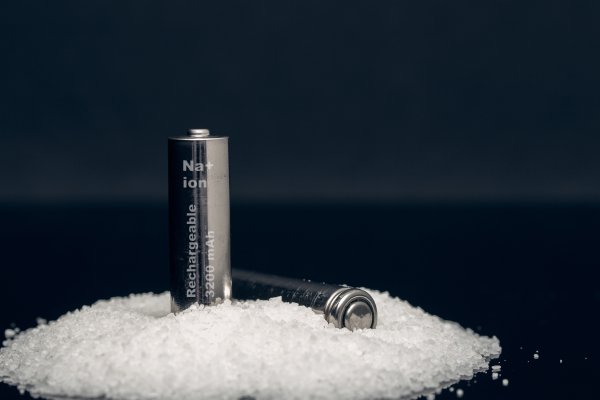The goal of this seed grant is to construct and test an electrochemical cell that will be operated at a synchrotron light source to determine how electrode materials used in sodium-ion batteries structurally change in real-time during charging and discharging. Recent studies performed on electrode materials used in lithium-ion batteries found that this type of structural characterization can provide fundamental insights into why batteries fail or lose capacity over time. This approach is just beginning to be applied to electrode materials used in sodium-ion batteries. We propose to use this window of opportunity to position Penn State as a leader in this emerging area.
This project is motivated by the societal need and associated research funding opportunities surrounding the need for storage in the electrical power grid. Currently, the main challenge with transitioning electricity production from fossil fuels to renewable solar and wind is not the cost of the technologies, but rather it is the fact that they produce electricity intermittently. The electrical power grid currently lacks sufficient storage capacity to buffer intermittent electricity production. To address this problem, the Department of Energy is funding research efforts to find affordable, safe ways to store electricity in the grid through the Energy Storage program and Duration Addition to electricitY Storage (DAYS) program. The proposed research project addresses this need by studying a safe, non-toxic, inexpensive battery system for grid storage: aqueous sodium-ion batteries. Aqueous sodium-ion batteries are far less expensive and safer than lithium-ion batteries, making them a promising technology for large-scale grid storage.
Currently, the main bottleneck in creating sodium-ion batteries with storage densities similar to those of lithium-ion batteries is discovering electrode materials that reversibly insert sodium ions into their crystal structures during electrochemical charging. Sodium-ions are much larger than lithium-ions, and therefore inserting them into a crystal structure often causes problematic structural distortions or irreversible changes. Understanding how and under what circumstances these structural changes occur is necessary for rationally improving sodium-ion electrode materials. The most direct way to characterize these structural changes is to monitor the crystal structure in real time during electrochemical charging and discharging. This type of operando characterization is, however, difficult to collect because conventional X-ray diffractometers cannot generate crystal structures in real time. Therefore, the data must be collected using much stronger X-ray sources at an advanced light source (i.e., a synchrotron). Therefore, we formed a new intercollegiate collaboration between a recently tenured faculty member (Gorski), who is studying electrode materials that reversibly insert sodium ions into their structures using electrochemical techniques, and a senior faculty member (Heaney), who has extensive experience in performing in-situ powder X-ray diffraction measurements at synchrotron light sources. The two researchers have not previously published together or received external funding together.
This new junior-senior interdisciplinary partnership will allow for mentorship and a generational knowledge transfer regarding how to use synchrotron light sources and write synchrotron beam-line proposals. The proposed research will be conducted from April 2020 to December 2020 by a graduate student co-advised by the PIs. We will first synthesize and characterize three manganese oxides that take up sodium-ions during electrochemical cycling (d-MnO2, acid birnessite, and a-MnO2). We are focusing on manganese oxides because they exhibit high charge storage capacities, but are known to undergo irreversible structural changes in sodium-ion batteries. We will then construct electrochemical cells with the manganese oxide electrodes that contain thin amorphous elements that will not absorb or diffract the X-ray beam. We will confirm that we can detect structural changes during electrochemical cycling using Raman spectroscopy, a technique less sensitive than X-ray diffraction that does not require an advanced light source. After we confirm that structural changes occur in the cell, we will perform experiments at The Advanced Photon Source (APS) at Argonne National Laboratory (Chicago, IL).
Resulting Publications
- Fortunato, Jenelle, Jasquelin Pena, Sassi Benkaddour, Huichun Zhang, Jianzhi Huang, Mengqiang Zhu, Bruce E. Logan, and Christopher A. Gorski. "Surveying manganese oxides as electrode materials for harnessing salinity gradient energy." Environmental Science & Technology 54, no. 9 (2020): 5746-5754.
- Fortunato, Jenelle, Megan B. Sassin, Christopher N. Chervin, Joseph F. Parker, Ryan H. DeBlock, Christopher A. Gorski, and Jeffrey W. Long. "Optimizing Electrodeposited Manganese Oxide at Carbon Cloth Electrodes for Harvesting Salinity-Gradient Energy." Journal of The Electrochemical Society 168, no. 2 (2021): 024505.



